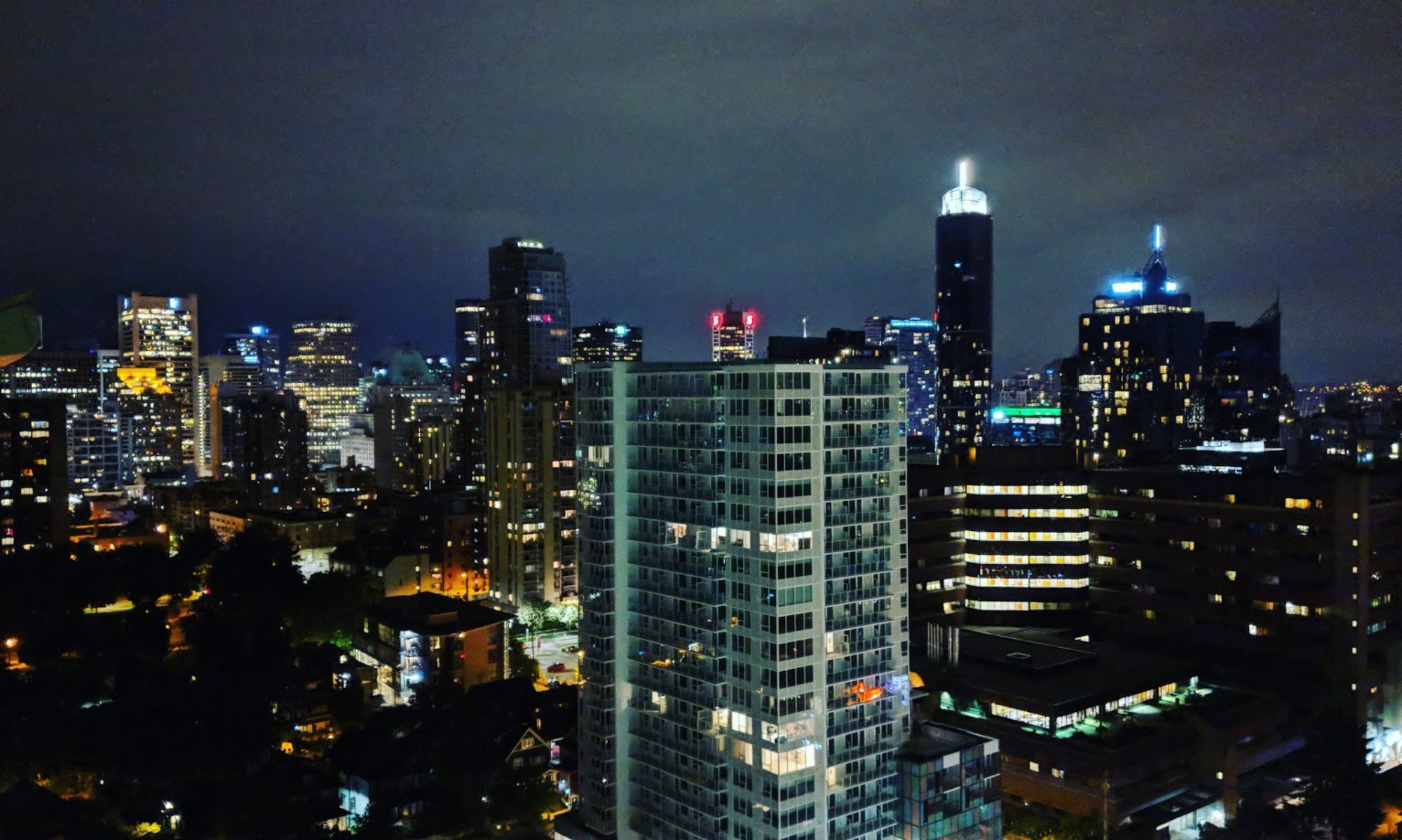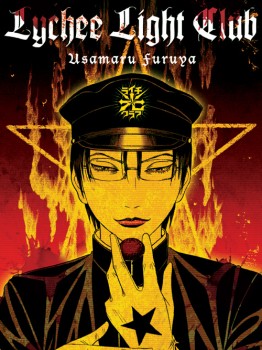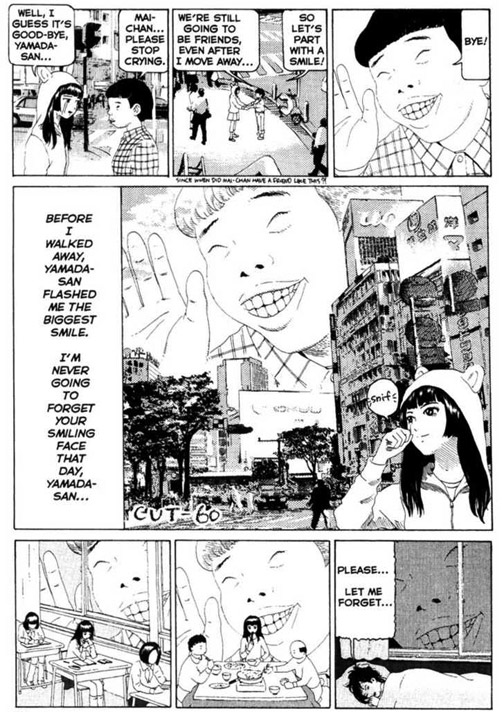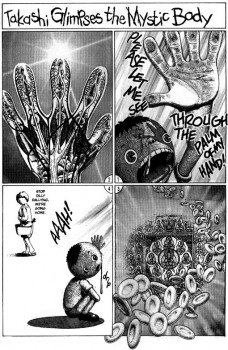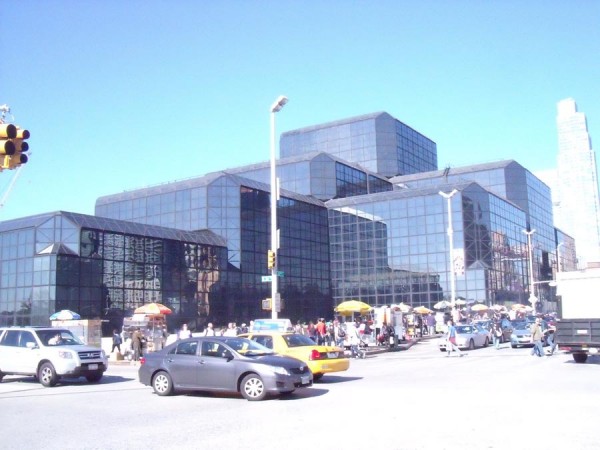
I came across Spurge’s thoughts on NYCC last night, and the thing that stuck out at me was that he thought despite giving out 2900 press passes, the show did not get 2900 press passes worth of coverage. Now, while I might suggest that NYCC organizers Reed being able to sell access to 2900 members of the press is worth it’s weight in gold (let alone free admissions to the Comic Con), I will admit that my own coverage was somewhat anemic and so I thought I’d follow-up with my thoughts on the show.

I will also intersperse those thoughts with photographs so you don’t get bored.
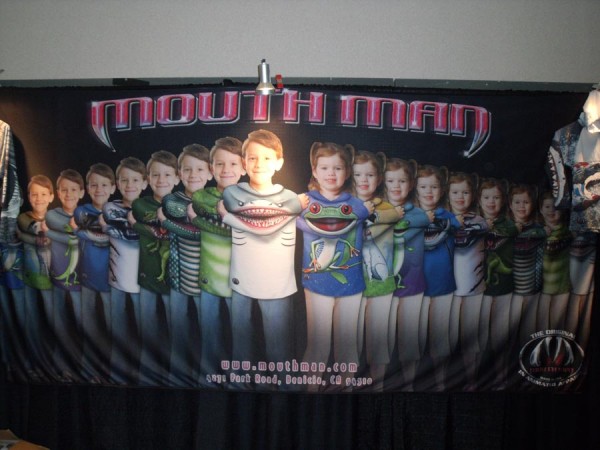
My first thought on NYCC, and this is brutally unfair I know, is that Reed has utterly and completely blown it with this show. What I mean by that is that they had a chance, a real chance, at doing a book- and comic-oriented event, that engaged people with the work. There’s a lot of room within that description to have famous people and spectacle, but the promise of NYCC–to me–was that this could be a book show, a comics show, a successful event that could be the antithesis of San Diego Comic Con’s Freak Parade.
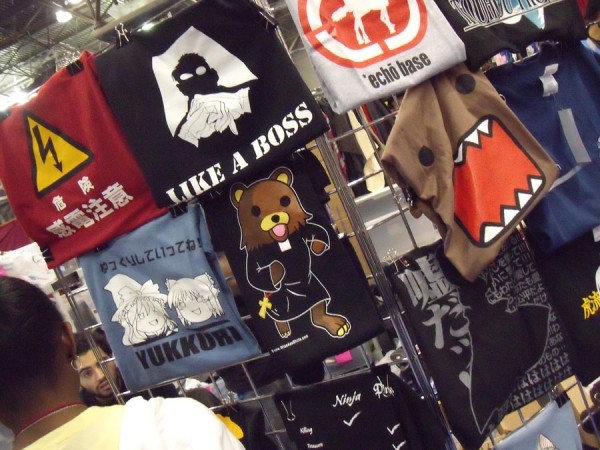
Make no mistake, New York Comic Con is a Freak Parade.
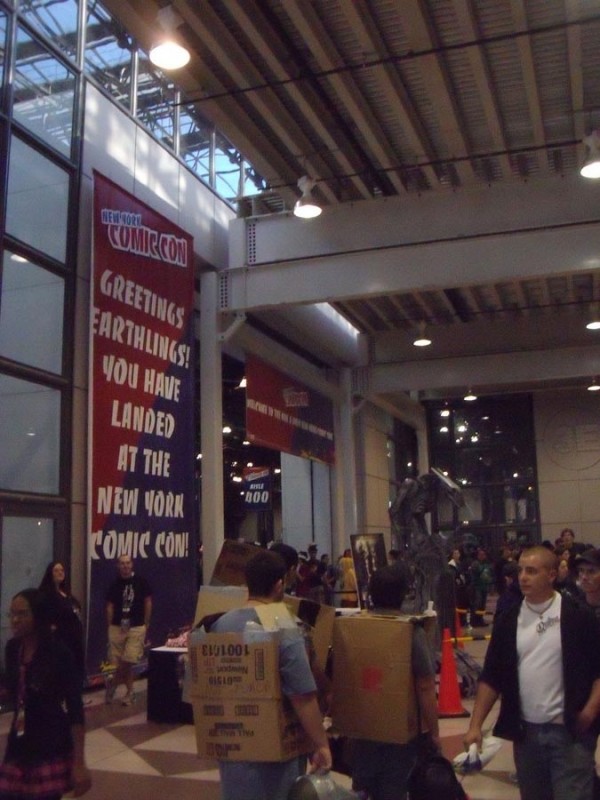
And that is exactly what the organizers were hoping for.
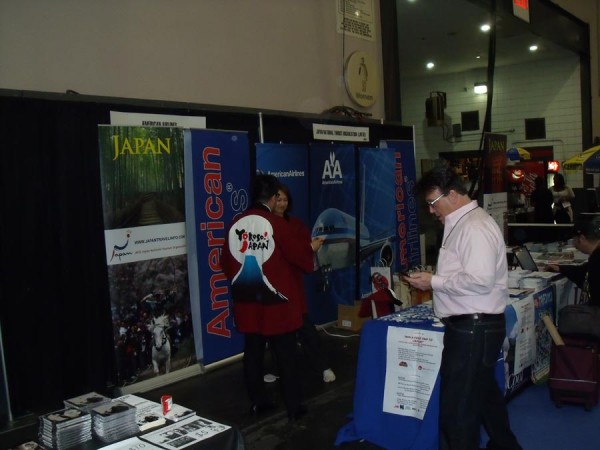
Like I said, this is a profoundly unfair thought… It’s not kosher to judge the relative success or failure of an event based on what you hoped it might be. Sure, that first year was more modest, with (to my recollection) less of a focus on stardom and more of a focus on creators/authors/artists. Modest, publisher-oriented booths, programming that centered equally on the business-side and fandom-side of things. Maybe it was the then-presence of a reasonably vital Wizardworld: Chicago to take some of the burden off of NYCC needing to be the North-East version of SDCC, but that first year, it looked like NYCC could turn into anything.

And anything is what it seems to have turned into.

Walking in the main exhibition entrance, one was greeted by a giant booth which blared Michael Jackson songs all weekend. There was a stage with dancers–you could even get up and dance with them–trying their best to capture and replicate the late pop-singer’s moves as directed by a videogame (out this Christmas!). It’s hard not to smile when you come across a giant stage with a Michael Jackson impersonator and backup dancers aggressively “Beat-It”-ing; it was a genuinely fun moment.
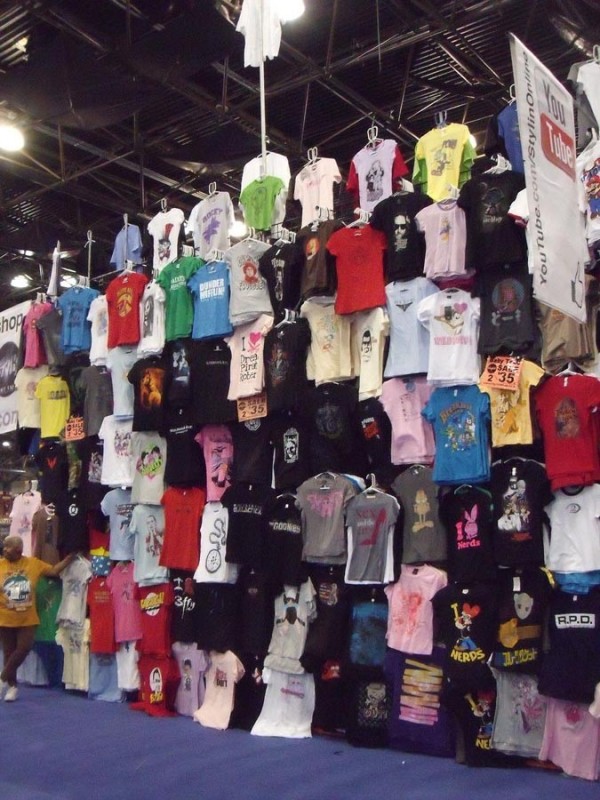
It just also happened to be the death-knell for NYCC as a comics/book event.

Massive video-game booths taking up huge swaths of the floor, give-away masks/hats/swag bags, all that was missing was a giant golden throne. Maybe they needed it on set.
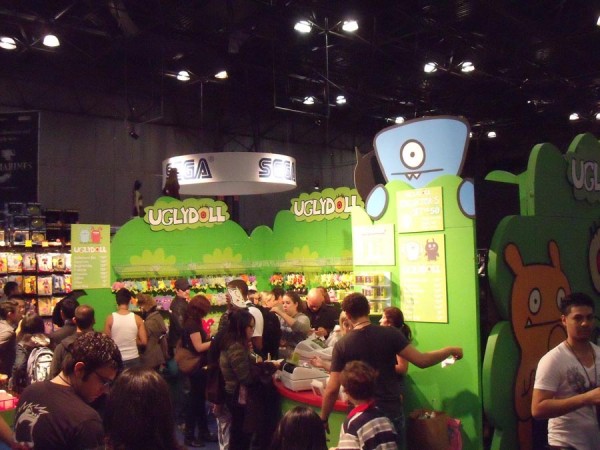
So yeah, NYCC has become SDCC-East, which is personally disappointing (because I already _go_ to SDCC), but I think we’ve covered that. How did it succeed as SDCC-East? Well, the part of me that wants to be invited next year is inclined to be more charitable than I otherwise might, so let me say first and foremost that a the show was intensely marketed, and people showed up, and they had a good time. Those are, to my mind, the three most positive things I can say about the show.
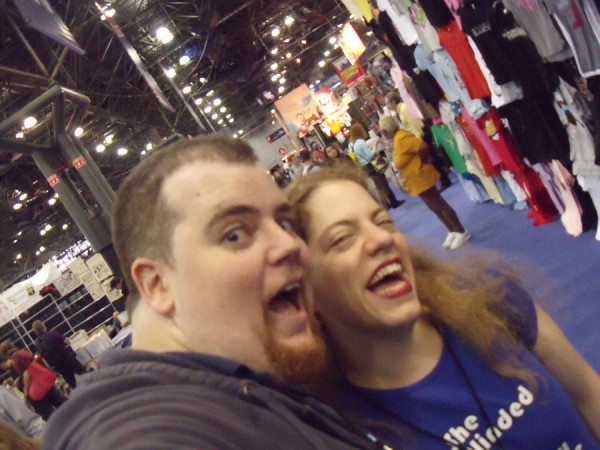
Personally, I’d take issue with the way it was marketed, the number of people that showed up, and why people had a good time, but that’s because I’m kind of curmudgeonly.
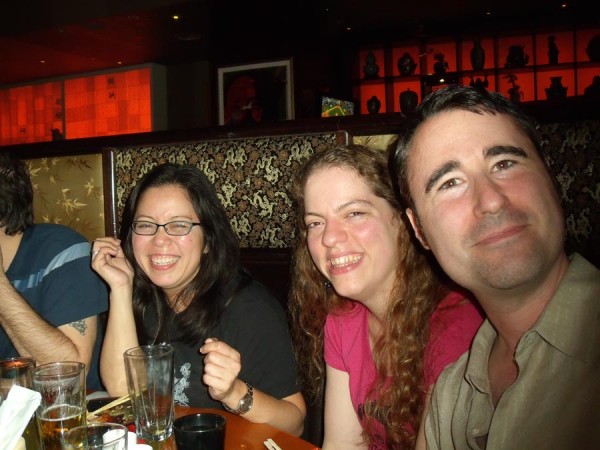
Last one first: I had a great time in New York last weekend. Seriously, it was great, and the con was a good part of that, and I’m grateful for that experience. I met a lot of wonderful people and met people in person for the first time, it was valuable personally and professionally. That couldn’t have happened without NYCC being a big-enough draw to get all those folks, myself included, out to New York in the first place.
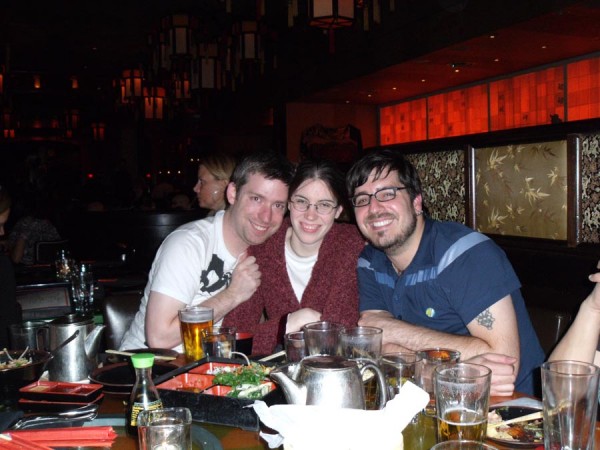
But has been pointed out online already, how much of an excuse does anyone really need to go to New York City in the first place? It’s AMAZING, I ? NY a great deal and would go every weekend, if I could afford it.
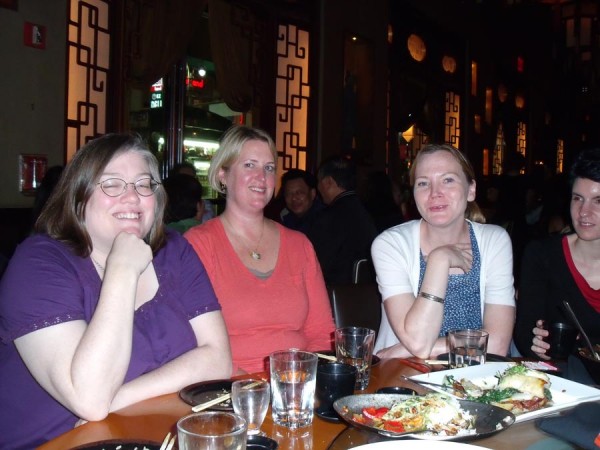
Not to discount NYCC’s good fortune at taking place in NYC , but I feel like that’s the starting point, the plateau: “Hey, this is New York City. People are gonna wanna come.” There are more people in NYC than in all of Canada; you’ve got a massive built-in audience, a massive talent-pool, it’s easy to get to, plenty of hotels, and an international tourist destination. Unless you don’t want people showing up to your event, it’s easy to get people to come to your event… or at least a hell of a lot easier than San Diego. Or Toronto for that matter. It’s easy to have a good time in New York, and hella-easy for nerds to have a good time if you throw a bunch of them in a big room together. That isn’t the best indicator of success, it might not even be a particularly good one.

Which brings us to the crowds: Thank Christ No One Died. I don’t say that lightly, I really don’t. The show was a zoo, particularly Saturday 12-4, wall-to-wall people. San Diego at its absolute worst. The aisles were too narrow in the main hall by at least 2 feet, and they were far narrower in the Small Press Pavilion on the south side of the convention centre. Worse still, the Small Press Pavilion was adjacent to artist alley, and the aisles didn’t match up creating HUGE human-traffic jams in the aisle that connected them.
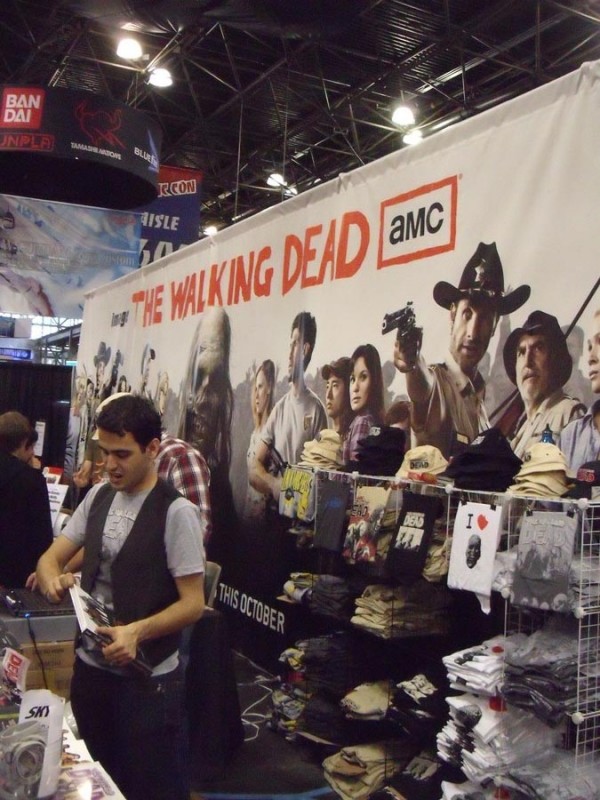
Overstuffed.
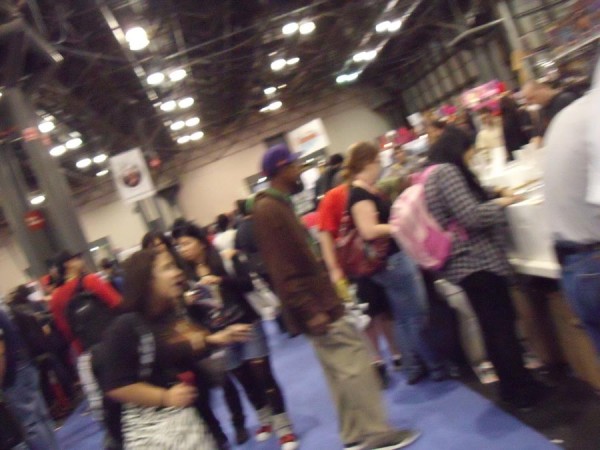
This isn’t just bitching. I mean, it’s bitching, I’m not backing away from the tone of this as unnecessarily cranky, but Saturday at the show felt legitimately unsafe at points. I really felt like very little thought had gone into the layout of the hall from a safety/traffic point of view. Whether they had a layout that needed to be entirely trashed because of the construction or whether they came up with a bad design, the layout needs to be severely changed for 2011. Wide main aisles/throughfares to move people quickly from one end of the show to the other, fewer exhibitors crammed near essential services like escalators and washrooms(!), and what the hell was with the massive, empty space at the entrance to the south hall? Maybe we could’ve spaced out some of the Small Press booths into that space?
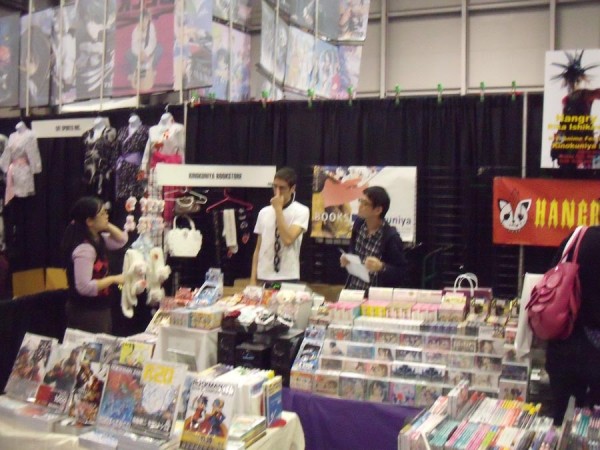
I will say that from an exhibitor POV, it was nice that the majority of medium-to-large publishers were clustered together making it easier to browse the stuff I was most-interested in. But honestly, it’s been like that since year one, and I feel like that’s more of a hold-over from previous shows than a conscious decision for 2010.
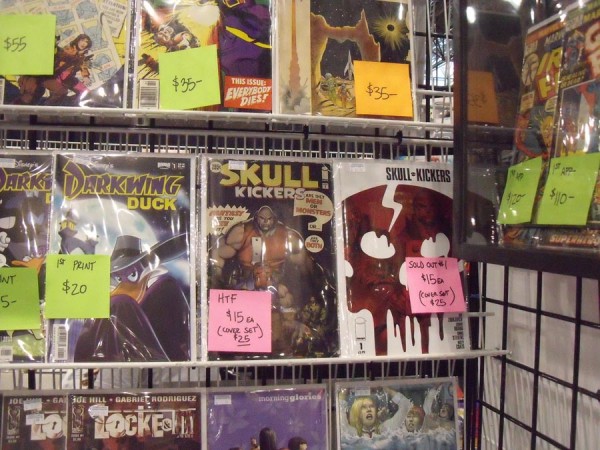
Which brings us to the marketing: Wow. Listed as Press for the event, I was put on the list fairly early and received at least one update a week from NYCC itself, and a hundred+ PR emails, almost exclusively from film and video game producers. I don’t know if the comics pubs just didn’t want to pony-up the dough to buy access to the press list, but the majority of comics promotion happened in the body of the NYCC emails, and again, felt paid-for or part of an in-kind promotion… and even then, they were exceptionally rare. No, both inwardly to subscribers and outwardly to the public, this was marketed as a POP CULTURE event, a freak parade by and for media-friendly Geeks, and a place to come and get your geek on. Come meet Stan Lee! Come see a J-Pop Band! Video Games! B-Movie Actors Film Guests! (There was comics content in almost all of the official NYCC emails I received, but it was always after other info, and other media.)

The marketing for the show, hell the whole website if you look at it, has a Carnival Barker vibe that’s… well, it’s successful as fuck. Seriously, it’s fucking amazing how many people showed up, talked about the show before it happened. It was happening. But this is starting to get into broken-record territory here–Reed STILL isn’t good at running consumer shows.
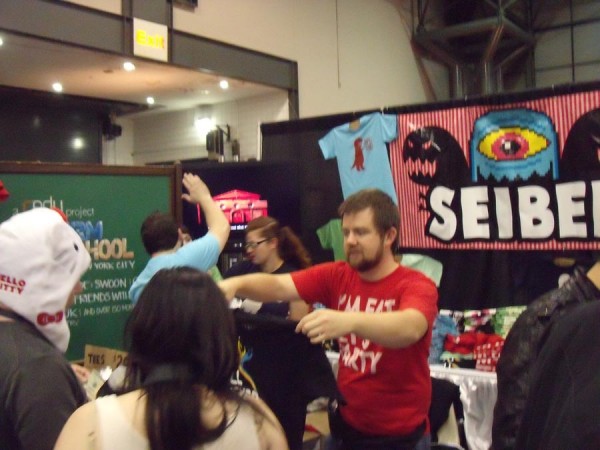
(Kind of telling that it took 20 paragraphs to get to the thesis…)

So Reed Exhibitions have integrated themselves with PAX, the Penny Arcade Expo, a video-game show that started as a grassroots effort that topped like 70k attendees this year. They’re wholesale-running PAX East, in Boston, in early 2011. PAX has always been a well-run show, nearly seamless and exceptionally enjoyable as an exhibtor, and as an attendee.

Reed has done everything in their power to figure out why PAX runs so well, and attempted to duplicate it to the best of their ability. For example, at PAX, the volunteers are called “Enforcers” and they will bend-over-backwards to help you. This year (and I believe this is the first year), NYCC branded all of their volunteers as “Heroes” and their yellow volunteer shirts had “Hero!” on the back. The staff shirts were red… and I don’t think they had anything on them.
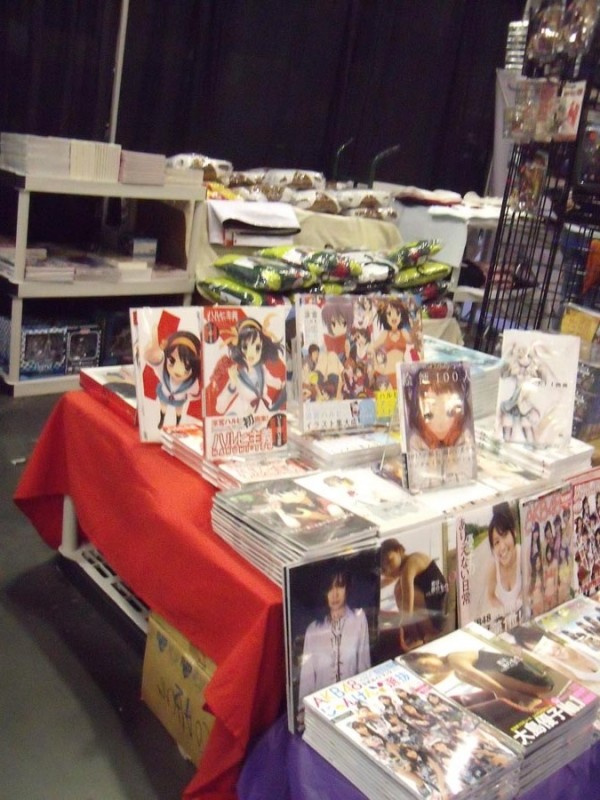
The problem was, every volunteer I encountered was unempowered. They had the barest of instruction, and didn’t even feel confident in that. There weren’t enough maps, and no one from one section knew anything about any other section, so no one could answer where anything was that wasn’t right in front of them. Any harder question was met with “ask my supervisor.” These weren’t random volunteers I asked either, these were people at the check-in desk. And this wasn’t just the first day, it was all weekend.
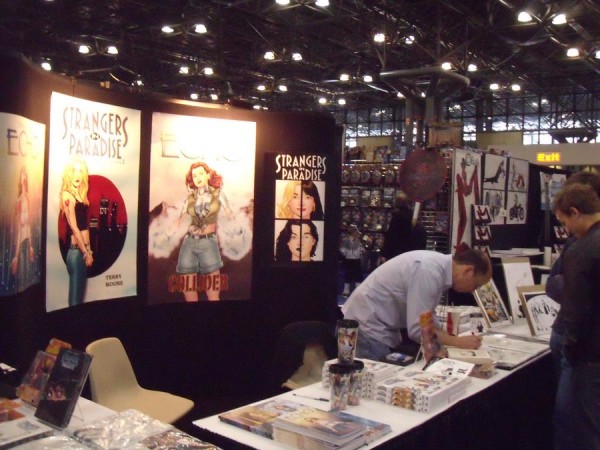
You can call your volunteer a ‘hero’ to thank them for helping out; I think that’s swell. But if you don’t give them any information, if you don’t empower them to basic questions, if you don’t even give them basic orientation, then you’ve done a poor job.
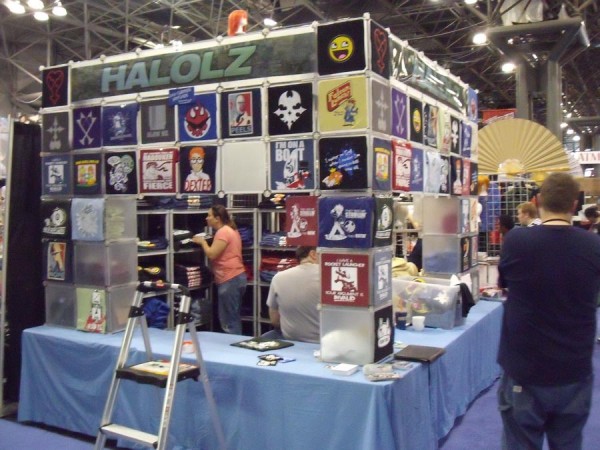
Which leaves you to rely on the convention centre security. I’ll say one thing about the Javitz Centre Security: They don’t give a FUCK. This was the antithesis of San Diego Comic Con in at least one way: there was almost no security, doing almost nothing, and by Sunday they’d given up entirely… which when you’ve got an overstuffed convention centre full of folks who’ve been invited in to stare at/be the freak show, creates more of those overcrowding problems I was talking about. A security “guard” at the south hall entrance couldn’t be bothered to tell people not to stop directly in the center of the narrow entrance way to talk. Literally looked over at them blocking the way, then looked away. I don’t like being the guy who shouts at comic book conventions, but “THERE ARE BETTER PLACES TO STAND” may have been uttered at one point. Loudly.
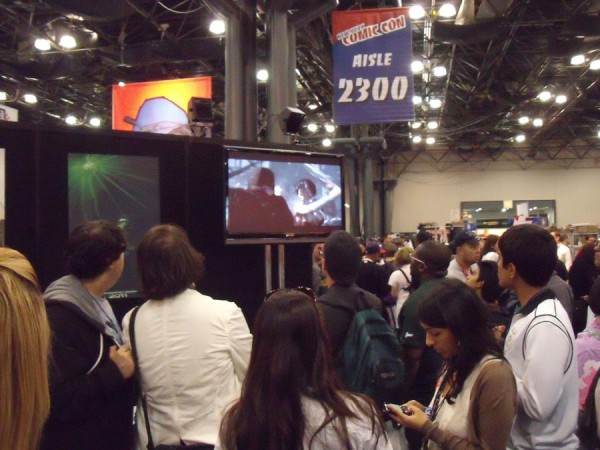
If one is going to be undiscerning about who one invites into their home, then it behooves one to make sure that one is prepared for what follows. I’d submit that NYCC was not, from a staff, volunteer, or security POV.

In Closing: I really felt like the show had a slapdash feel to it. Because Reed moved NYCC from February to October, they had more than 20 months between 2009 and 2010 to prepare the show, nearly two full years, and it felt considerably more poorly-organized than the 2009 show. I’m aware that as an event organizer (though on nowhere near this scale) I’m way more sensitive to organizational problems than the general public, and as such I try hard to pull back a little on criticism… and I did, honestly… (The programming, the integration of New York Anime Festival, the last-minuteness of their info going public). It’s tough because NYCC isn’t the show I’d run, but I can get over that to judge it in the context of the shows it’s decided it wants to be: SDCC and PAX. And honestly? It comes up short. Or at least this year it did.
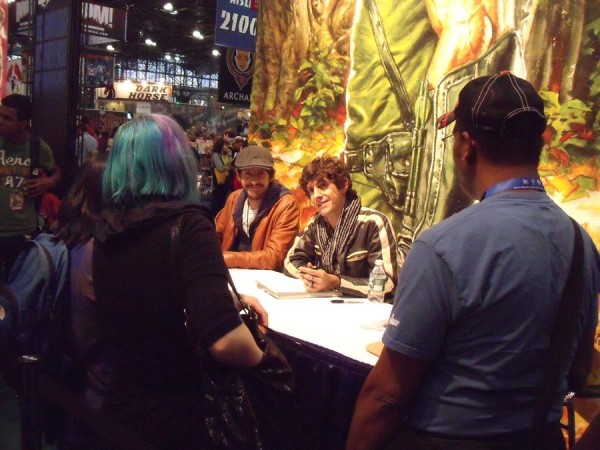
So there are my thoughts on NYCC 2010. I had an amazing time, I got a bunch work done, and met some great people, but in the end I don’t think that’s going to be enough for me, for next year.
– Christopher
I’ll caption some of the photos later if I have time.
 Hi everybody! Chris here. As you can see above, I’m going to be doing a talk on manga censorship, why it’s done, and what you as readers can do about it (hint: the answer isn’t scanlations). I actually gave a short interview about the talk to Vit Wagner at The Toronto Star yesterday, and you can see it online (and theoretically in the paper–though I missed my chance to grab a copy) at thestar.com.
Hi everybody! Chris here. As you can see above, I’m going to be doing a talk on manga censorship, why it’s done, and what you as readers can do about it (hint: the answer isn’t scanlations). I actually gave a short interview about the talk to Vit Wagner at The Toronto Star yesterday, and you can see it online (and theoretically in the paper–though I missed my chance to grab a copy) at thestar.com.